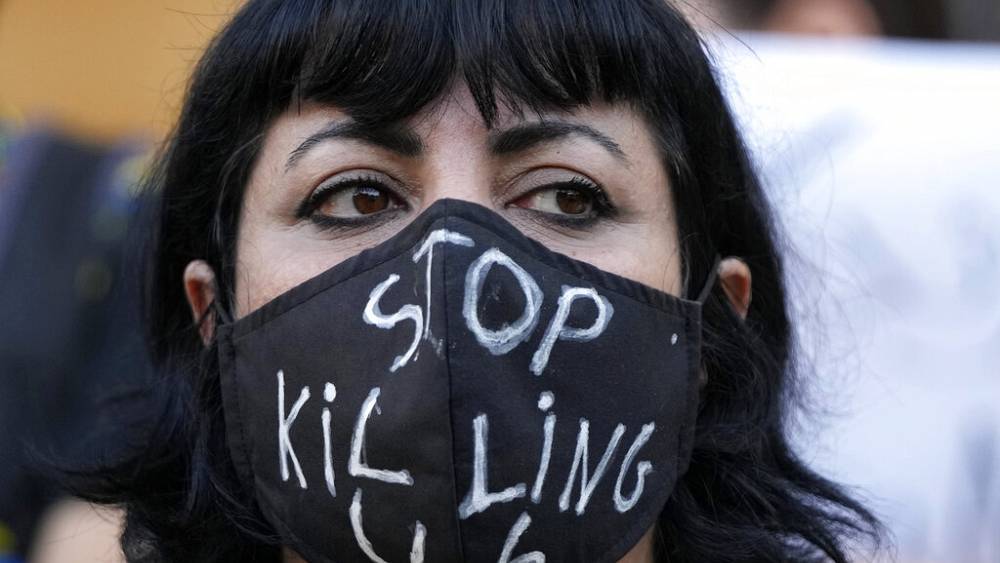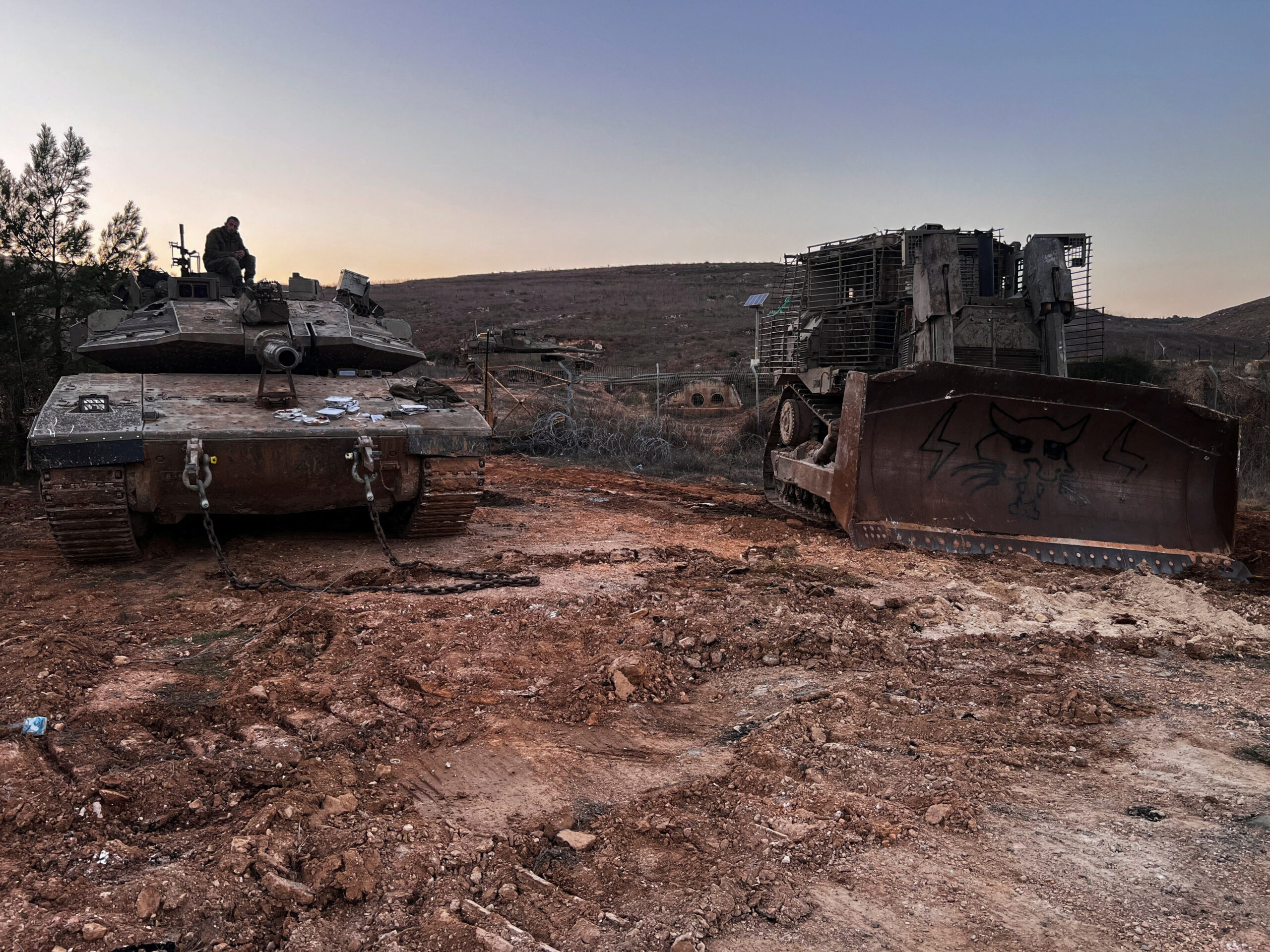
Iran’s security forces violently dispersed student protestors on Sunday, with online footage purportedly showing them laying siege to a university in the capital.
Videos surfacing on social media showed Sharif University in Tehran surrounded by police who reportedly beat and shot at students with shotguns and rubber bullets after they protested against the country’s Islamic government, AFP reports.
Hundreds of students and professors were arrested at the scene and loaded into police vans. Many of them were hooded or had their shirts pulled over their heads by officers.
In-person classes were suspended from Monday at Iran’s top science university after the violence.
“Sharif University of Technology has announced that due to recent events and the need to protect students (…), all classes will be held virtually from Monday,” according to Mehr news.
The state-run news agency added that two hundred students gathered on Sunday afternoon at the university in central Tehran, near Azadi (freedom) tower.
They chanted anti-government slogans, as well as “woman, life, freedom” or “students prefer death to humiliation.”
Plain-clothed officers surrounded Sharif University outside the university’s north entrance soon after protests began, while security forces reportedly fired on protestors with metal shot and tear gas to prevent them from leaving.
Those who tried to escape were violently beaten and in many cases arrested.
Social media channels were flooded with calls for help from the students – with messages such as “Do not allow the security forces to kill and arrest students.”
Mehr news agency reports that the Minister for Science Mohammad Ali Zolfigol visited the university in an effort to calm the situation.
The violent crackdown on the students at Sharif comes amid more than two weeks of deadly unrest in Iran, sparked by the death of Mahsa Amini on 16 September.
The 22-year-old Kurdish woman died after being arrested by Iran’s so-called “morality police” for “improper” hijab, a compulsory headscarf that women in Iran must wear by law.
Leaked medical evidence shows that Amini suffered several violent blows to the head, though Iranian authorities claim she suffered a “sudden heart attack” while in custody.
Amini’s death triggered mass protests that have morphed into a wider challenge against Iran’s leadership and many of its Islam-inspired policies, such as the compulsory hijab which is deeply unpopular among large sections of society.
On Sunday, parliamentary speaker Mohammad Bagher Qalibaf warned that protests could destabilise the country and urged security forces to deal harshly with those he claimed endangered public order.
Scattered anti-government protests across Iran continue, amid running clashes with security forces.
The government has repeatedly blocked internet connectivity in Iran, either partially or completely.








